Many of us want a light, bright room, particularly in areas of the home that lack natural light. Unfortunately, light often brings heat, and this can create problems. However, you can address this potential problem with LED lights.
LED light bulbs produce some heat, but compared to older bulbs, far less energy used is wasted producing heat. They can reach up to 100°C/212°F in rare cases but tend to hit around 80°C/176°F on average. This is less than half the heat produced by some older bulb types.
Let’s look in more detail at:
- How much heat LED lights produce
- LED lights vs. older incandescent bulbs
- How to stop LED lights from getting too hot
- Whether LEDs generate enough heat to warm a room
How Much Heat Do LED Lights Produce?
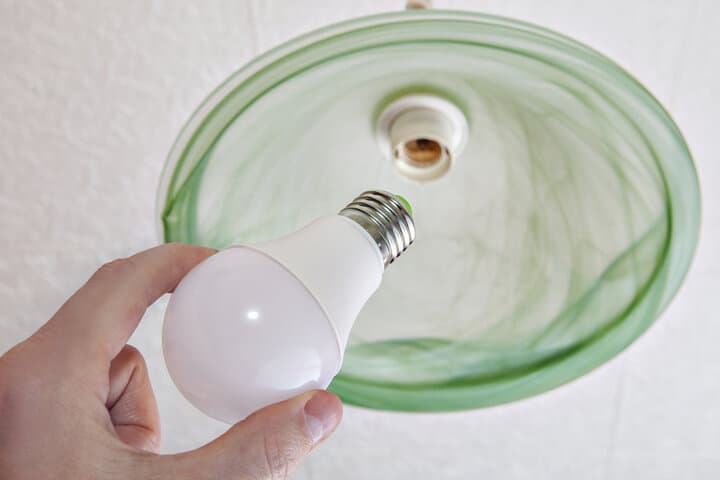
On average, LED lights will produce 20%-50% heat energy, which for a 6 watt bulb would be 1.2 watts to 3 watts of heat energy. In terms of temperature, the average for an LED bulb is 80°C/176°F, but it depends on the power and style of the light.
All types of light bulbs produce heat. However, LED bulbs consume far less energy compared to other kinds of bulbs, so they generate far less heat.
Let’s compare which light bulbs produce the most and least amount of heat.
| Type of Bulb | % of Energy Used For Heat | Average Operating Temperature |
|---|---|---|
| LED | 20 – 50% | 80°C/176°F |
| Fluorescent bulbs | 40% | 120°C/248°F |
| Fluorescent tubes | 20% | 120°C/248°F |
| Halogen bulbs | 80% | 180°C/357°F |
| Incandescent bulbs | 85 – 90% | 180°C/357°F |
As you can see, LEDs are one of the lowest producers of heat energy.
The operating temperature of an LED is influenced by the fixture and room temperature. So, you may have LED lights that appear warmer in some rooms of your home compared to others.
LED lights are more sensitive to heat compared to other types of bulbs – they’re more prone to damage at high temperatures.
So, be warned that some bulbs carry warnings that they shouldn’t be used in a fully enclosed fixture.
If you want to use a fully enclosed fixture, you will need to choose a bulb that is rated for the full enclosure. Otherwise, the hot air can shorten the bulb’s lifespan.
Although fluorescent lights may produce less heat than LEDs, they tend to be very cold, and many people dislike the flickering effect they sometimes have.
Which Part Of LED Bulb Gets Hottest?
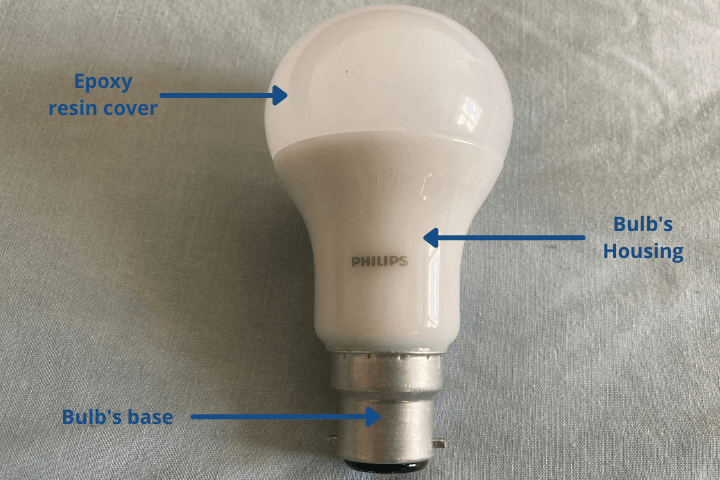
The base of an LED bulb – the part that connects to the fixture – is where LED lights get hot. Unlike older bulb types that would get hot on the casing, LEDs extract the heat through a heat sink away from the diodes.
This means that you can usually handle an LED light bulb from the casing when it’s switched on without hurting yourself. But trying to unscrew the bulb, even when just switched off, would likely be painful.
With older incandescent and halogen bulbs, it’s the opposite. The casing would surround the filament and would be the hottest part, but the base wouldn’t be too bad.
LED vs. Incandescent Heat
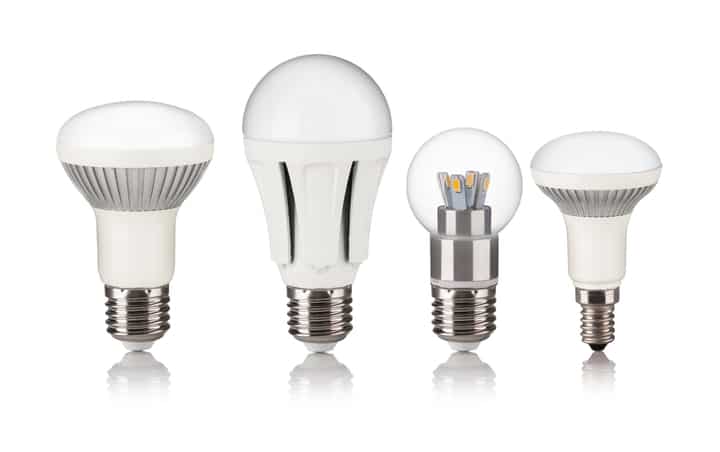
Incandescent light bulbs produce a much higher temperature than LEDs and are also a lot less energy efficient since so much energy is converted into heat.
As a direct comparison, a high wattage incandescent bulb will use around 100 watts of electricity, but as much as 90 watts is just going to be heat output, with 10% or less being light output.
That’s because incandescent or classic bulbs produce light by heating the wire filament. The metal wire you can see inside the glass bulb is surrounded by a vacuum or inert gas.
The main advantage of incandescent lights is that they are cheap to manufacture and, therefore, more affordable to purchase.
But an incandescent light bulb typical lifespan would be much, much shorter, because you’re submitting the filament of traditional bulbs to such a high temperature.
LED bulbs will last as much as 50x longer – so LEDs produce light more efficiently and they’re more cost effective over their lifespan.
Does 60W LED Bulb Produce Same Amount Of Heat As 60W Incandescent Bulb?
A 60 watt LED bulb will produce much less heat energy than a 60 watt incandescent bulb, and will get around half as hot.
Firstly, a 60 watt LED bulb won’t use 60 watts. Most likely it’ll be 60-watt equivalent, meaning it’s as bright as a 60 watt incandescent bulb. It might only use 10 watts or even less.
But of those 10 watts, at least 5 watts will produce light, with 5 watts of heat energy at most.
With an incandescent bulb of 60 watts, around 54 watts will be heat energy, and only 6 watts will be used to produce light.
How To Reduce Heat From LED Lights? 3 Tips
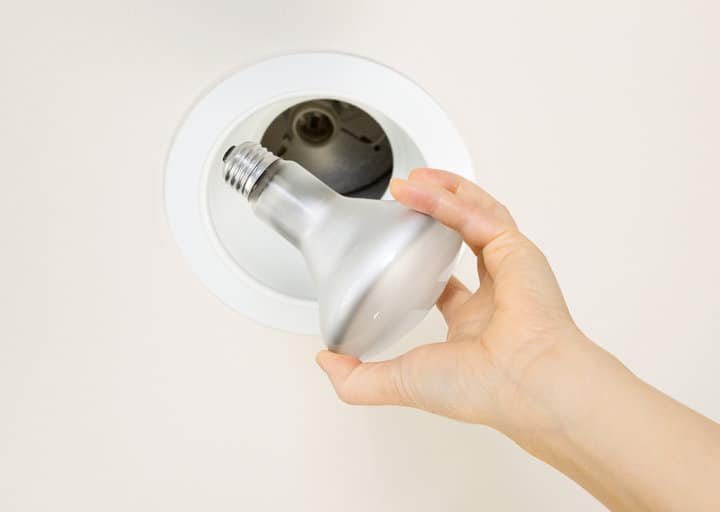
To reduce the heat from LED light bulbs, you can:
- Make sure the room is well ventilated
- Use the appropriate bulb size for the fixture
- Switch to a lower-wattage bulb
Ventilation is the best way to reduce the temperature. Having air flowing through a room, and able to reach the light fixture for your LED bulbs, will help to carry heat away from the heatsink much faster.
Also, check that you’ve used the right size of bulb for the fixture. If you’ve chosen a larger bulb shape in a smaller space, it’s more likely to impact the airflow and overheat.
Finally, if you’re still struggling to control the heat from your LED bulbs, switch to a lower wattage LED. A 4 watt bulb will produce much less heat than a 10 watt bulb.
Most of the time when LED lights get hot, they’re still operating within their normal temperature. But if you’re concerned about your LED bulbs overheating and shortening their lifespan, these tips should help.
Do LED Lights Heat Up A Room?
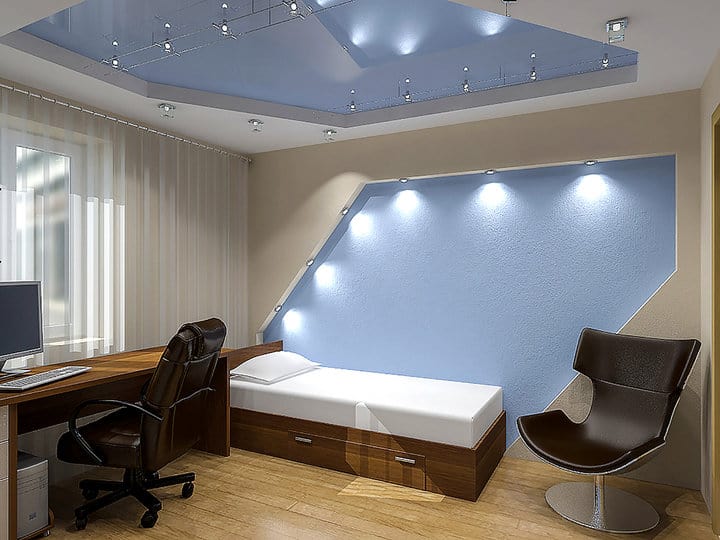
Because LED lighting produces so little heat energy, it won’t heat up a room even though it’s running at a higher temperature than the ambient space.
While it’s true that LED lights can get up to 100°C/212°F at their hottest, the size of the heat sink where that heat is concentrated is too small to impact the surrounding air.
It would be like placing a mug of boiling water in a room – it’s not going to warm the space around it by any noticeable amount.
Final Words
While LEDs do produce some heat, they are still far cooler compared to traditional incandescent bulbs.
Unless you’re creating a hydroponics setup or indoor grow room that would benefit from the light and heat, it is not likely that you’re going to appreciate your lighting wasting energy producing heat.
But if you are concerned about the amount of heat from your LED light bulbs, it’s best to check there’s nothing wrong with them. If caused by faulty wiring or an overloaded fixture, LED bulbs can still catch fire.
Looking for an LED bulb but not sure what type you need?
Check out my free bulb picker and select the right bulb within few clicks.

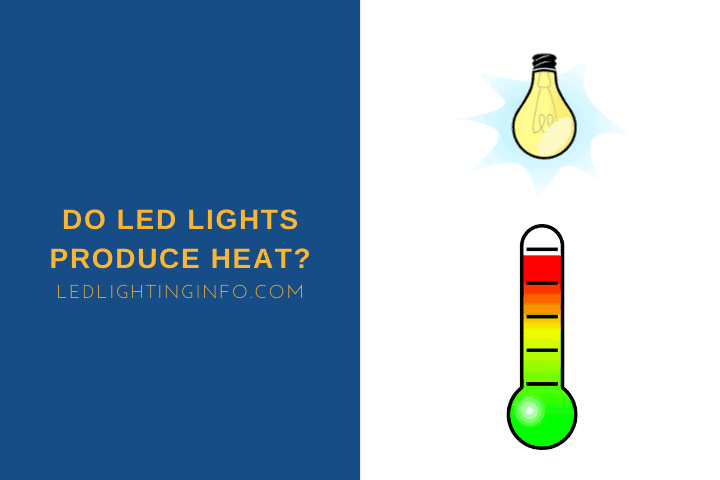
Comments are closed.